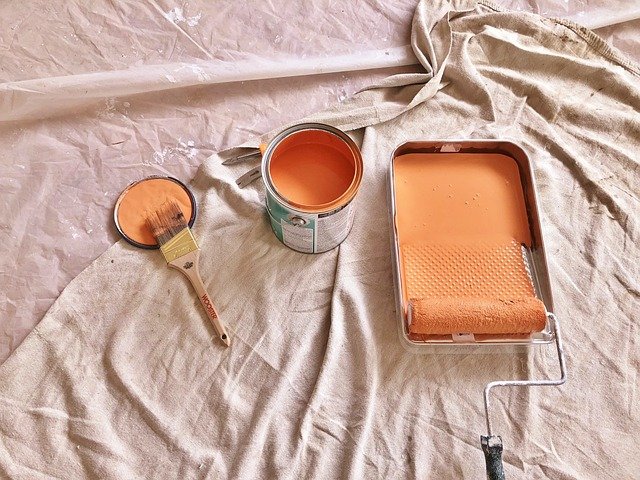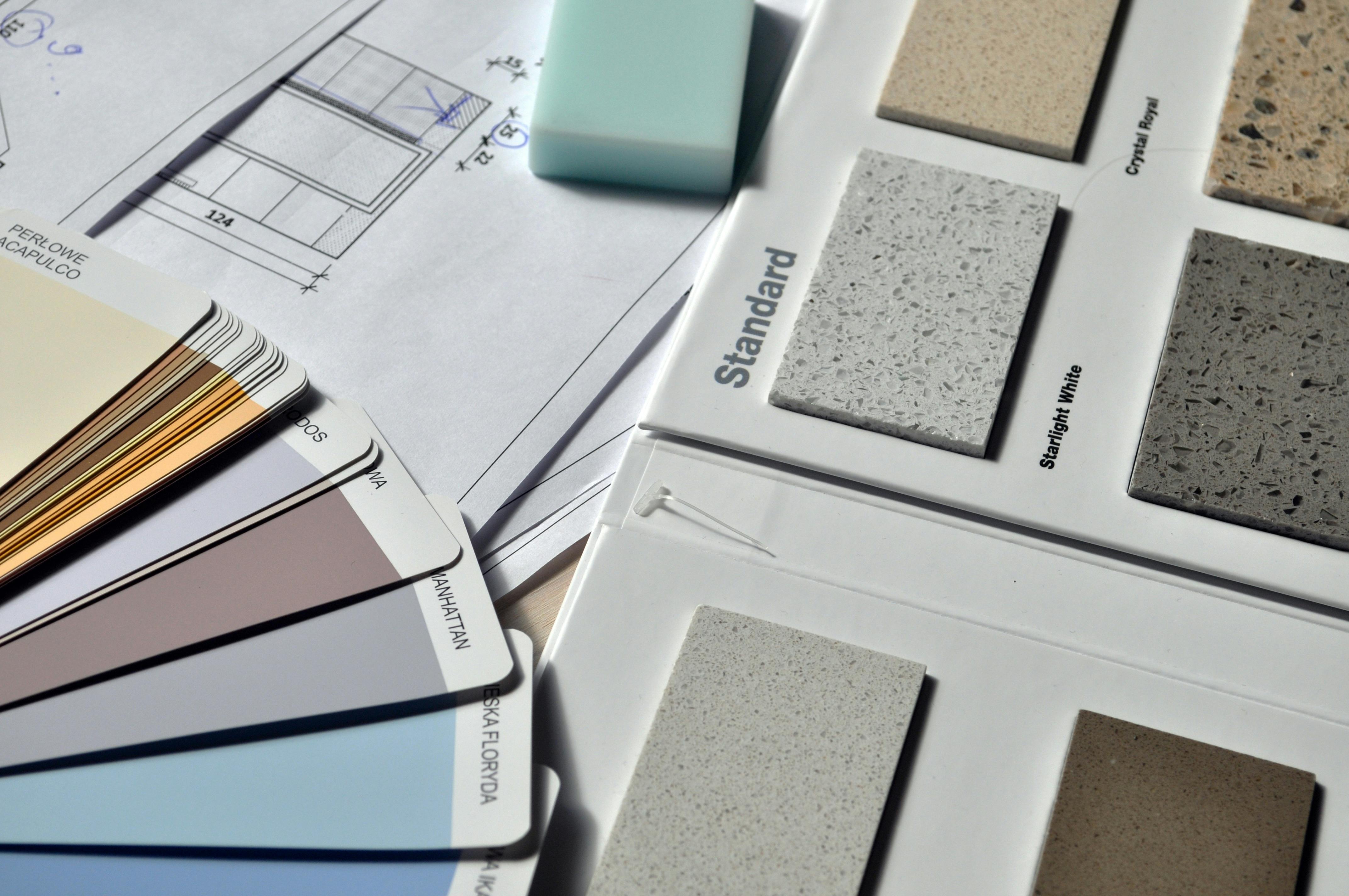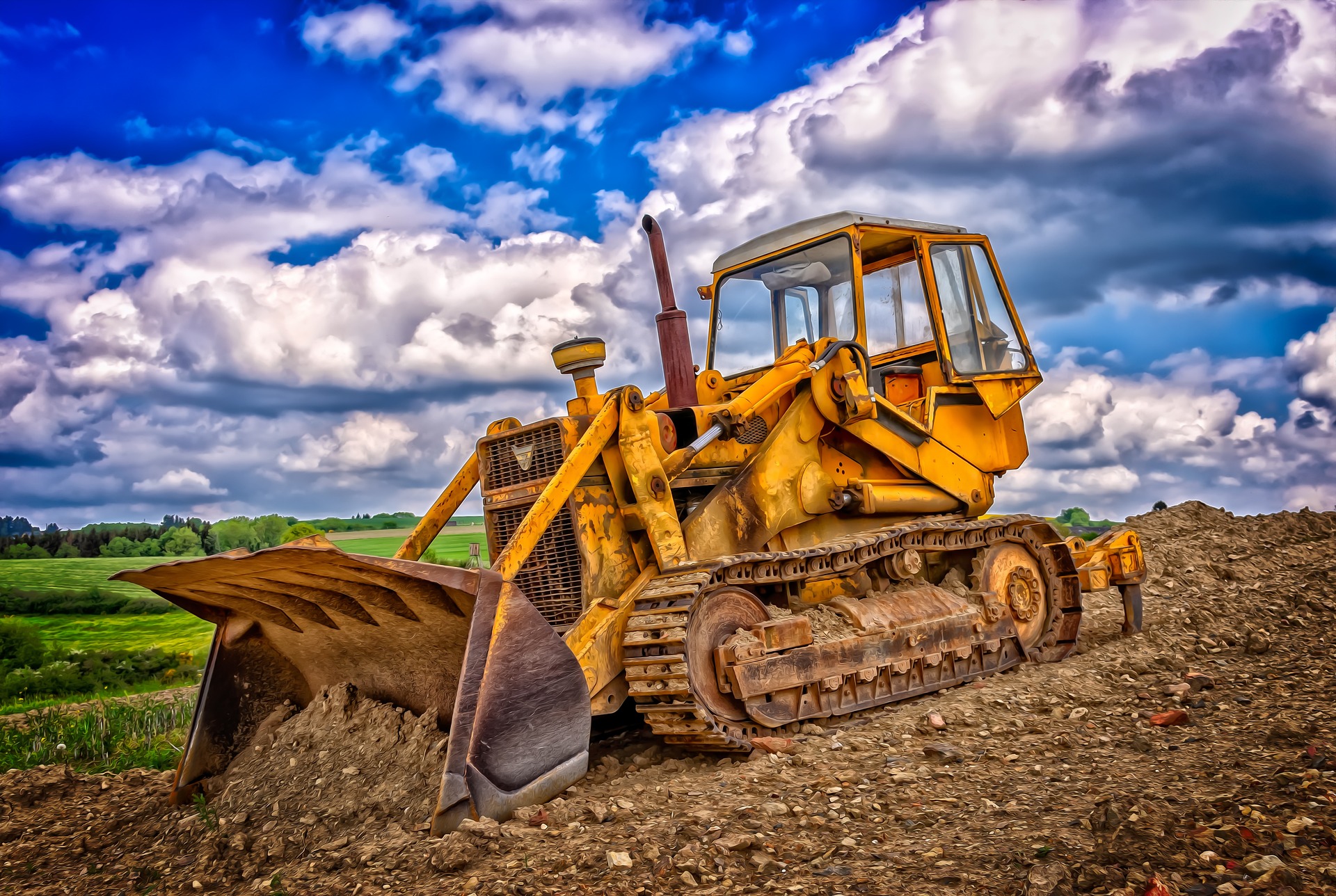How to Choose a Paint Spray Gun: Types, Maintenance, Tips & What Matters Before You Buy
Choosing a paint spray gun is more than picking a brand—it means understanding different types (airless, HVLP, compressed air), maintenance needs, and how well a tool handles thick paints. Do you need special compressors or filters? Can a used unit still perform? What safety gear is essential? This article answers the ten most common questions prospective buyers ask—covering tip selection, operating trade-offs, cleaning routines, and power sources—to help you move forward confidently when selecting a sprayer suited to your projects and setup.

Understanding Different Types of Paint Spray Guns
Paint spray guns come in several varieties, each designed for specific applications and user requirements. The three main categories include conventional spray guns, HVLP (High Volume, Low Pressure) spray guns, and airless paint sprayers. Conventional spray guns provide excellent atomization but may result in more overspray. HVLP models offer better transfer efficiency with less waste, making them environmentally friendly and cost-effective for detailed work. Airless paint sprayers, powered by high pressure, are ideal for large-scale projects and can handle thicker coatings without thinning. Understanding these fundamental differences helps narrow down options based on your specific painting needs.
Benefits of an Airless Paint Sprayer System
An airless paint sprayer operates by pumping paint at high pressure through a small opening in the spray tip, creating a fine mist without the need for compressed air. These systems excel when covering large areas like walls, ceilings, decks, and fences. The key advantages include speed (up to four times faster than brushes or rollers), uniform application on irregular surfaces, and the ability to handle thicker materials like latex paints and primers without dilution. Airless sprayers also provide excellent penetration into porous surfaces, ensuring better adhesion and durability of the finish. However, they typically require more careful masking of surrounding areas due to overspray considerations.
Considering a Cordless Paint Sprayer for Mobility
Cordless paint sprayers have revolutionized painting efficiency by eliminating the constraints of power cords and air hoses. These battery-powered units offer unprecedented mobility, allowing you to reach difficult areas without extension cords or generators. Modern cordless paint sprayers feature lithium-ion batteries that provide consistent power throughout the charge cycle. When evaluating cordless options, consider battery life (typically 30 minutes to 2 hours of continuous spraying per charge), weight balance for comfort during extended use, and whether the system includes spare batteries for uninterrupted work. The convenience of cordless operation makes these sprayers particularly valuable for outdoor projects, remote locations, or job sites without reliable power access.
Graco Paint Sprayer Features and Technologies
Graco has established itself as a prominent manufacturer in the paint sprayer market, offering various models suited to different applications. Graco paint sprayers typically feature adjustable pressure controls allowing users to customize spray patterns based on project requirements and paint viscosity. Many models incorporate technologies like ProControl XL for consistent finish quality or SmartControl for precise pressure regulation. Higher-end Graco units often include features such as digital displays for monitoring performance metrics, quick-clean functionality, and specialized tips for different coating types. When considering a Graco paint sprayer, evaluate whether features like their RAC X tips for reduced clogging or FlexLiner bag systems for quick cleanup align with your workflow priorities.
Essential Maintenance for Spray Paint Equipment
Proper maintenance significantly extends the lifespan of spray paint equipment while ensuring consistent performance. After each use, thorough cleaning is critical—particularly of the spray tip, gun filter, and fluid passages to prevent dried paint from causing clogs or uneven spray patterns. Most water-based paints require flushing the system with warm soapy water, while oil-based products typically necessitate appropriate solvents. Regular inspection of seals, packings, and hoses for wear helps prevent leaks and pressure loss. For seasonal storage, running specialized storage fluid through the system protects internal components from corrosion. Creating and following a maintenance schedule based on frequency of use and types of materials sprayed will maximize your investment and maintain optimal spray quality.
Paint Sprayer Models and Price Comparison
When investing in spray equipment, understanding the available options and their price points helps match features with budget considerations. Below is a comparison of popular paint sprayer models across different categories:
| Sprayer Model | Type | Key Features | Approximate Price |
|---|---|---|---|
| Graco Magnum X5 | Airless | 0.27 GPM flow rate, 75 ft hose capacity, stands upright | $299-349 |
| Wagner Control Pro 130 | Airless | HEA technology, 0.24 GPM, 25 ft hose | $249-299 |
| Graco Ultra Cordless | Cordless Airless | ProControl II pressure setting, 1 qt. cup, 18V lithium-ion | $499-569 |
| DeWalt DCPH620 | Cordless HVLP | 20V MAX battery system, 3 spray patterns, 1 qt. cup | $179-229 |
| Fuji Semi-PRO 2 | HVLP | 1400W motor, 2-stage turbine, metal cup, adjustable pattern | $399-449 |
| Wagner FLEXiO 3000 | HVLP | iSpray nozzle, X-Boost turbine, adjustable control | $119-159 |
Prices, rates, or cost estimates mentioned in this article are based on the latest available information but may change over time. Independent research is advised before making financial decisions.
What to Consider Before Making Your Purchase
Before investing in a paint sprayer, several practical factors deserve consideration. First, assess the typical scale of your projects—smaller indoor touch-ups might only require a simple handheld unit, while large exterior jobs benefit from professional-grade airless systems. Consider the types of coatings you’ll use most frequently, as some sprayers handle thinner materials like stains excellently but struggle with thicker paints. Evaluate your comfort with maintenance procedures, as some models require more thorough cleaning than others. Storage space availability, noise tolerance, and setup complexity should also factor into your decision. Finally, consider whether renting might be more economical for infrequent use, as high-quality sprayers represent a significant investment but deliver substantial time savings and professional results when matched appropriately to your needs.
By understanding the different types of paint spray guns available, their maintenance requirements, and the factors that should influence your purchase decision, you can select equipment that delivers optimal results for your specific painting applications. Whether you choose an airless system for large surfaces, a cordless model for flexibility, or a professional-grade unit for consistent performance, the right paint sprayer can transform your painting experience and dramatically improve project outcomes.




